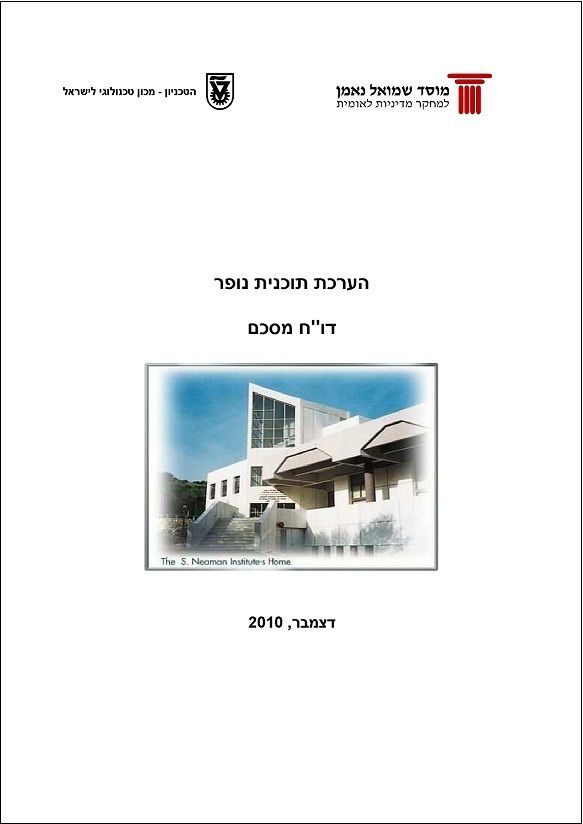The NOFAR program was conceived as part of the implementation of the recommendations made by the “Monitor Report,” and stresses the need to establish a fund to support the development in universities of inventions in the fields of biotechnology and nanotechnology that have a commercial potential, so as to increase the chances of successful transfer of the technology from the academy to industry. The program helps build a bridge between the basic research and the applied research at a stage at which industry has not yet recognized the idea as having a commercial potential.
The program allows research groups in the academy to continue with the execution of an applied research project that is no longer entitled to the support of competitive research funds, intending to promote basic research, and to bring the idea to a maturity level that enables industrial actors to show an interest in it and decide whether they are willing to invest in its development.
The main goals of this research are to analyze the contribution of those involved in the NOFAR program and examine the factors that influence success or failure, according to the data collected in about 130 NOFAR projects conducted in recent years. The methodology chosen is based on surveys (questionnaires) and selected case studies, to be conducted among the representatives of the involved bodies: researchers from the academy, representatives of the relevant firms (industry), the professional reviewers and TT offices in the academy. -The results of the empiric analysis, together with the materials collected during the interviews helped in the formulation of operative recommendations and conclusions with regard to future NOFAR projects and the NOFAR program in general.












